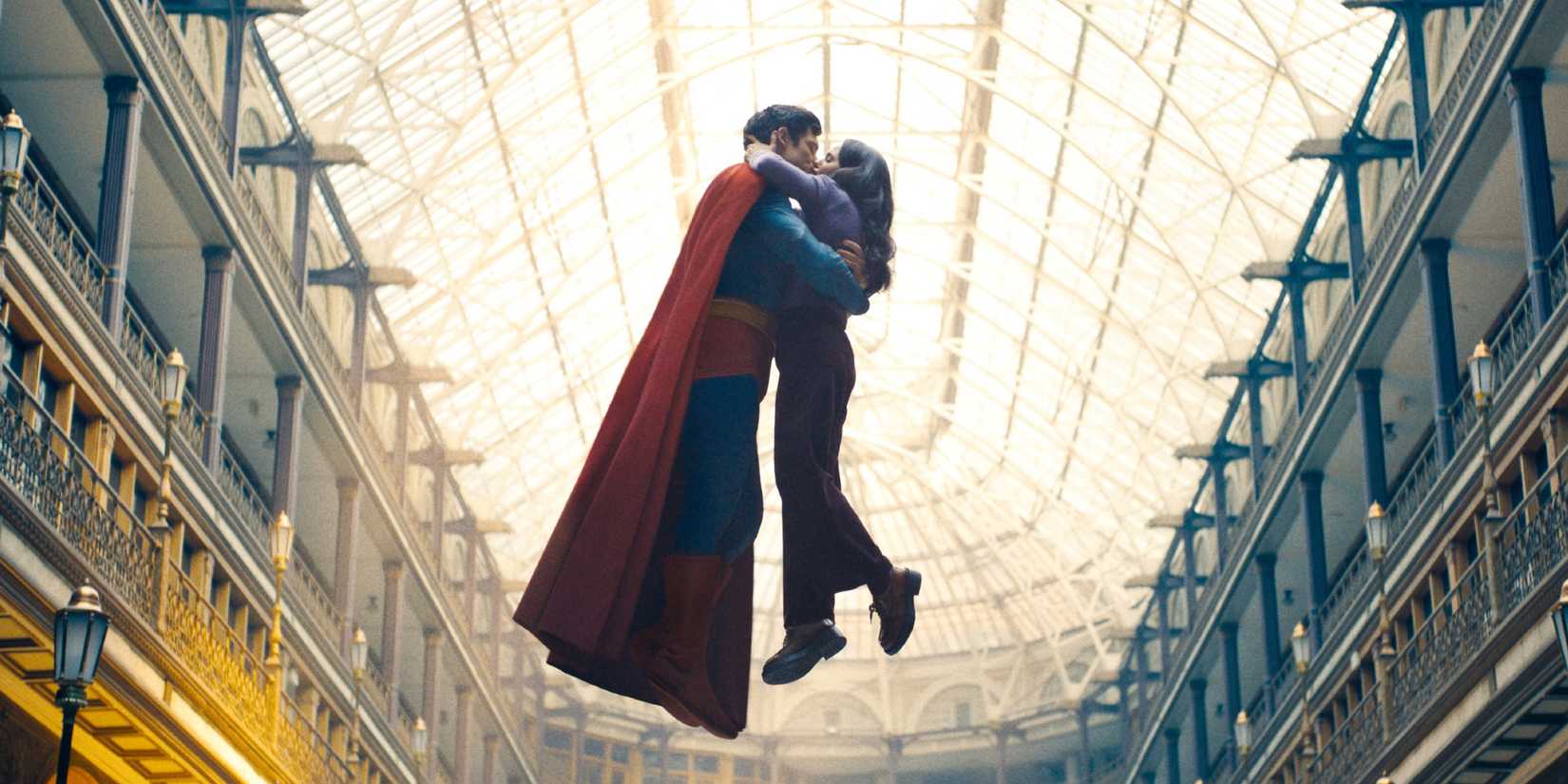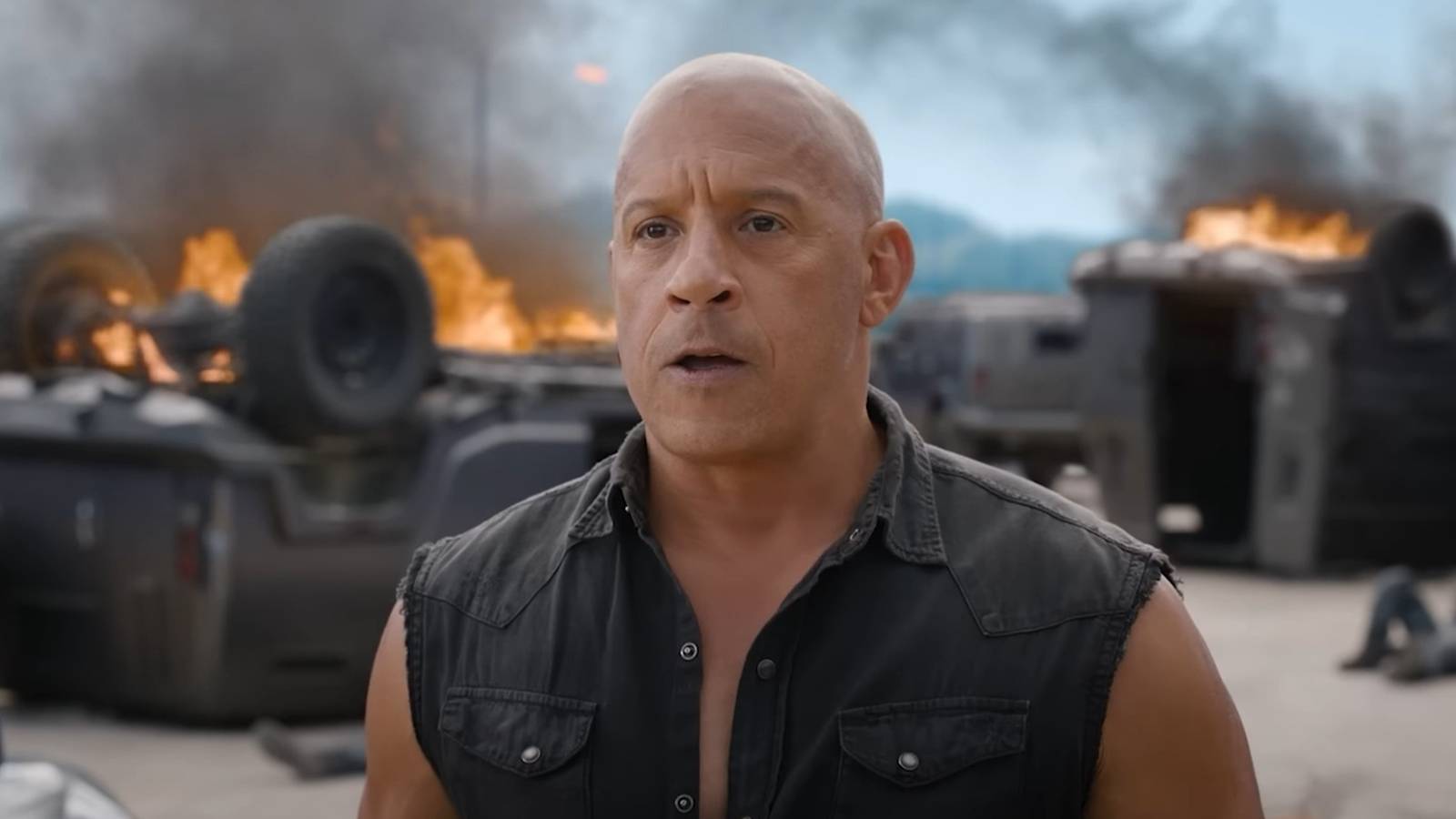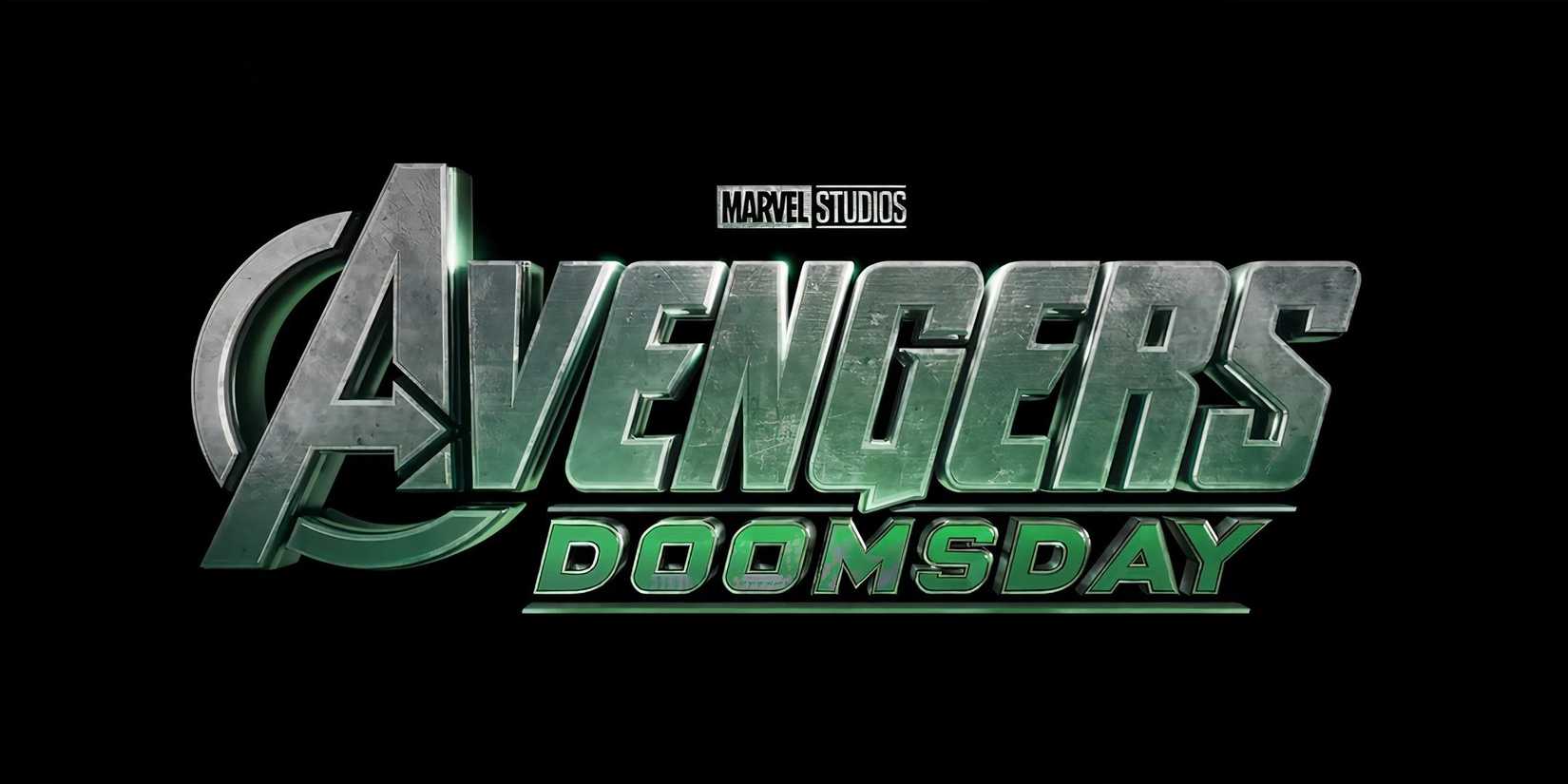Escape from New York is one of John Carpenter’s most underrated films, taking place in a dystopian future where sections of New York City have been sectioned off and are being used as live-in prisons for America’s most dangerous criminals. As Carpenter’s unforgettable protagonist Snake journeys through the grimy streets of this futuristic New York, the film begins to speak on issues such as gang violence and the homelessness crisis of 1980s America.
However, many fans of the film have noticed that Carpenter’s dark vision of the future is surprisingly familiar to some other movies from the same era. There isn’t too much backstory given in Escape from New York to explain how society reached this cataclysmic state, which leaves plenty of room for interpretation. While the Escape from New York trilogy was never completed, there are enough hints in the first movie alone to draw interesting comparisons to another sci-fi classic from the ‘80s.
Escape From New York & LA Take Place In The Bad Future From Back To The Future 2
Carpenter’s Dystopian Future Looks Familiar To Biff’s Dark Timeline
This controversial fan theory suggests that Escape from New York is actually a dystopian sequel to Back to the Future Part 2, set in the dark timeline that comes into existence when Biff travels back in time with the sports almanac. As explained in the movie, Biff’s actions cause reality to branch off into a new timeline where he exploits the almanac to become rich and powerful, eventually developing a friendship with President Nixon.
This theory supposes that Biff used his newfound power to influence the president and escalate the Cold War to a point of no return, leading to the dystopian wasteland of Escape from New York. This seemingly makes sense given how neatly Biff’s dark timeline lines up with the social conflicts explored in John Carpenter’s movie: increased crime rates, an escalation of US/Soviet tensions, and Nixon’s presidency exceeding the two-term limit. These are very specific ideas that are explored in both films, so it’s possible they’re unofficially connected.
Escape From New York’s Universe Does Look Like It Could Fit Into Back To The Future 2
There Are Undeniable Similarities Between The Films
There are plenty of interesting theories about the Back to the Future franchise, but this is admittedly one of the most interesting. It’s entirely possible that Robert Zemeckis was inspired by Carpenter’s dark vision of the future when writing his sequel, as Escape from New York was among the most popular and innovative sci-fi movies of its time. Whether intentional or not, some of this unique world-building may have bled through and manifested in Biff’s dystopia.
The aesthetics and details of these two dark futures are very similar – they’re both clearly commenting on the rising tensions between America and the USSR throughout the late ‘80s, and this serves as the backdrop for much of the social unrest in both fictional universes.
The aesthetics and details of these two dark futures are very similar – they’re both clearly commenting on the rising tensions between America and the USSR throughout the late ‘80s, and this serves as the backdrop for much of the social unrest in both fictional universes. Kurt Russell’s protagonist Snake in Escape from New York mentions flying in Leningrad during his time in the military, and Biff’s implied friendship with Nixon seemingly extended the Vietnam War in the Back to the Future universe.
The Problems With Escape From New York Taking Place In The Back To The Future Universe
It’s More Likely That The Similarities Are A Coincidence
Unfortunately, there are a few minor details that seemingly derail this interesting theory. Back to the Future Part II doesn’t seem to mention the major earthquake that destroyed much of New York City in Carpenter’s movie, nor does it explain what caused the devastation of Los Angeles in Escape From LA. It seems unlikely that Biff’s actions would have been enough to divert Earth’s history so drastically from our real-life timeline, as these earthquakes were seemingly triggered by tectonic movements that Biff would have no control over.
It’s more likely that Escape from New York’s excellent aesthetics merely inspired Zemeckis’ vision of a dystopian future in Back to the Future Part II, rather than the two projects actually being canonically linked. Their similarities regarding President Nixon and the escalation of the Cold War can equally be put down to social anxieties at the time, as both filmmakers were attempting to use the sci-fi genre to reflect important issues in real life. The Cold War was a huge subject of debate in the ‘80s, so it makes sense that both Zemeckis and Carpenter wove it into their stories.






